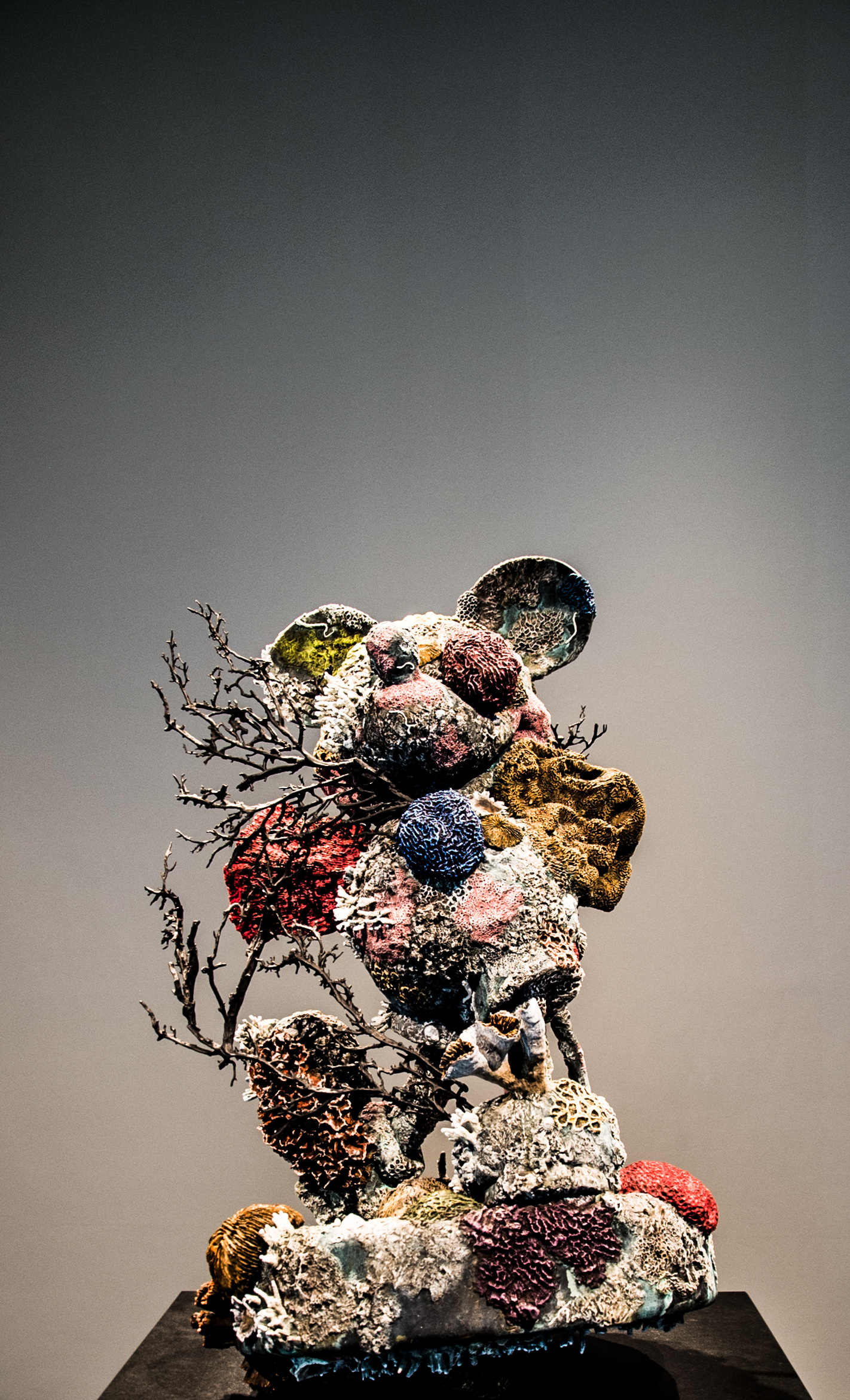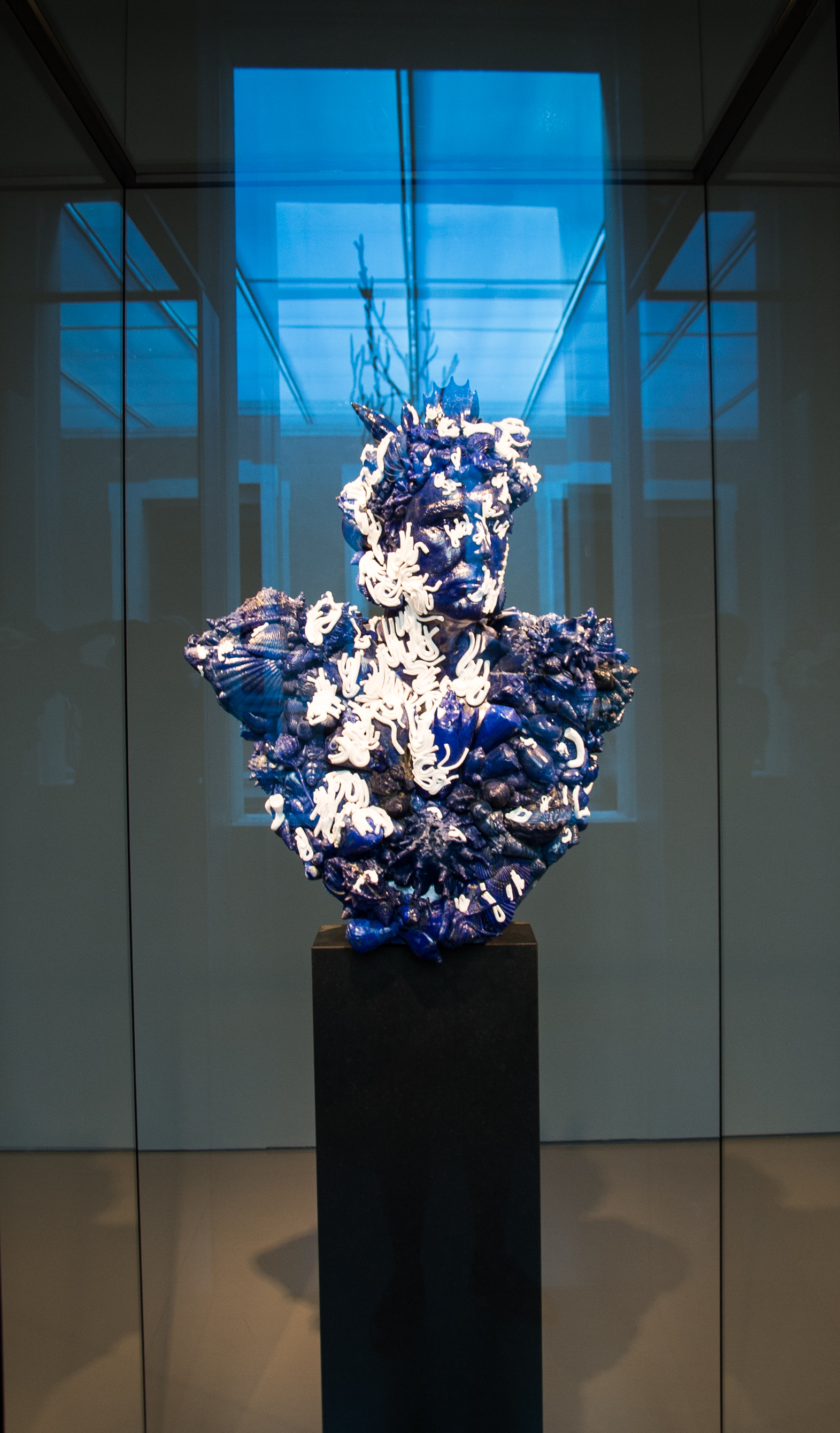Art Pirate

Damien HIrst and his spectacle of "lost" treasures.
Maybe it's Damien's own fault. He did work as hard as possible to piss off just about everybody in the art world what with his over saturation of the market, most of it sold at auction, ignoring the traditional rules of selling some of the world's most expensive objects through premium dealers and to the most important collectors. That might be why the art world seems to hate him at this point.
Consider the headline from the ArtNews review of his most recent show, Treasures from the Wreck of the Unbelievable: "A Disastrous Damien Hirst Show in Venice." That title isn't a compliment referencing the "wreck" invented by HIrst to serve as the story behind the art. No, it was in reference to the work itself with the review calling the show "one of the worst exhibitions of contemporary art staged in the past decade. It is devoid of ideas, aesthetically bland, and ultimately snooze-inducing—which, one has to concede, is a kind of achievement for a show with work that has taken ten years and untold millions of dollars to create." Over at Hyperallergic, the critics boldly proclaimed, "the show is undoubtedly the most expensive artistic flop in living memory."
This show got lots of bad reviews from the cognoscenti. I just love it when the art world really, really hates work. It makes for delightful reading. Poems have been composed from the most imaginative lines from bad reviews of Jeff Koons' work. Most of the time, I find these rants to be more about the critic than about the art. That seemed to be true in this case. Such horrible reviews almost always make me want to see the show more. And I wasn't about to pay a visit to Venice and miss this "wreck" of an installation. As is almost always the case, the critics had a few valid points. Mostly, however, I'm pretty sure future critics will delight in trashing these reviews just as much as the reviewers enjoyed trashing Hirst.
Here's the story behind the show, which I'll agree is more than a bit forced. Some time in 2008, somewhere off the coast of East Africa a wreckage site was discovered, one assumes by Damien Hirst. Supposedly, the wreck was that of Cif Amotan II, a freed slave who lived between "the mid-first and early-second centuries CE." Cif accumulated an immense fortune which he spent on a lavish collection of artifacts from the ancient world. To house this collection, he built a special temple. Then he loaded all of his treasures onto the Apistos (translated from Koine Greek as the 'Unbelievable') and sent it off to deliver the goods to his new temple. The ship foundered and all was lost. That is until 2008 when the wreck was discovered and Hirst brought the ancient artifacts back to dry land, exhibiting many of them prior to restoration, still encrusted in remnants of marine life. According to the exhibition guide, "A series of contemporary museum copies of the recovered artifacts are also on display, which imagine the works in their original, undamaged forms."
Yeah, that's a long way to go to get to the show that was on display at the Palazzo Grassi in Venice. I totally get why so many critics took fiendish delight in trashing the whole idea. That said, this show featured a lot of spectacular, strange, beautiful objects that promote ideas that have always been part of Hirst's work: the thin line between life and death and how humanity deals with that oh-so mysterious change. So here then, are a few works that I thought were interesting and a few that maybe weren't as successful.
Note: I saw the portion of the show at Palazzo Grassi. Works were also on display at Punta della Dogana but I didn't have time to visit that exhibit so those works aren't included here.

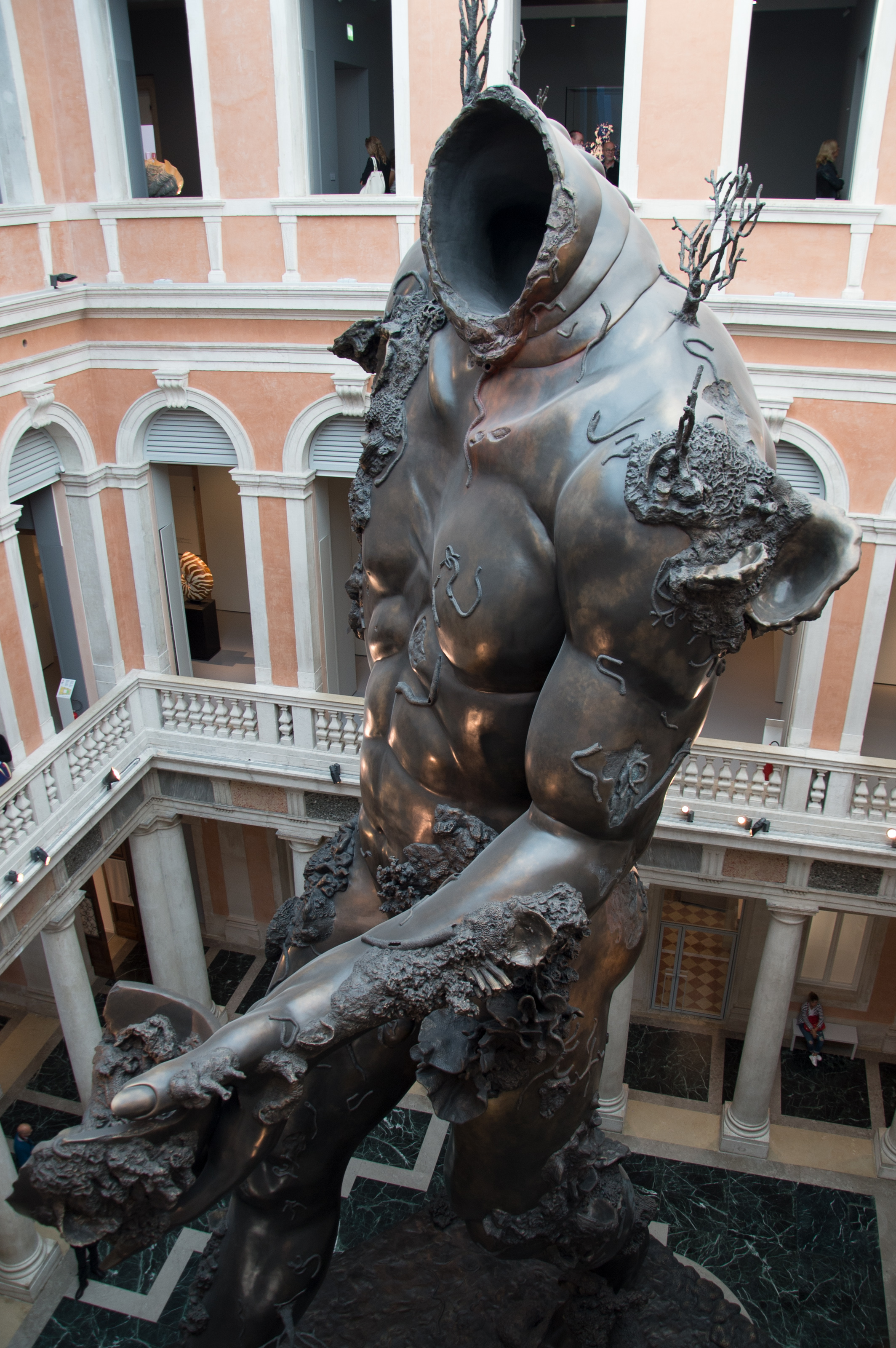
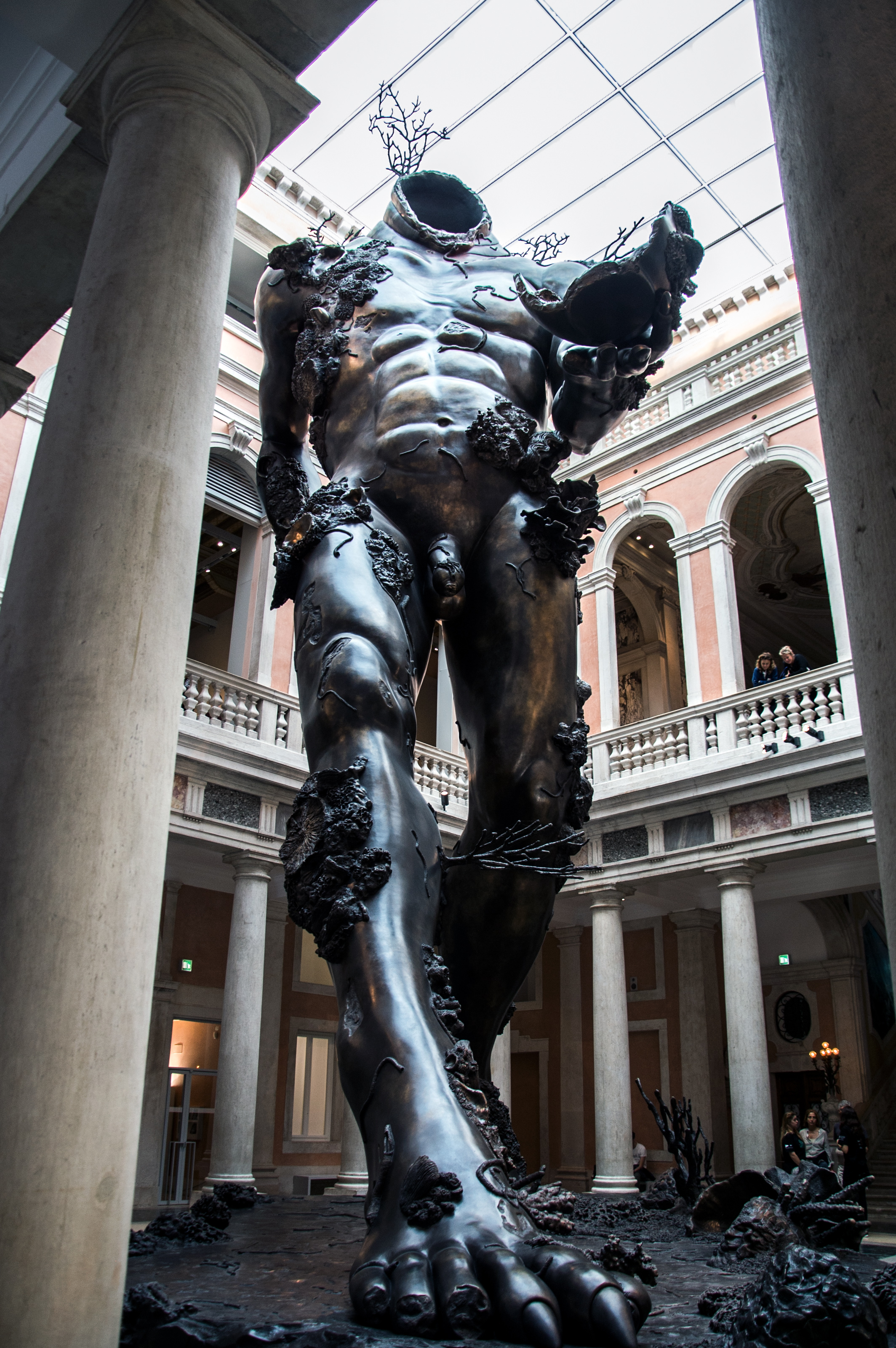
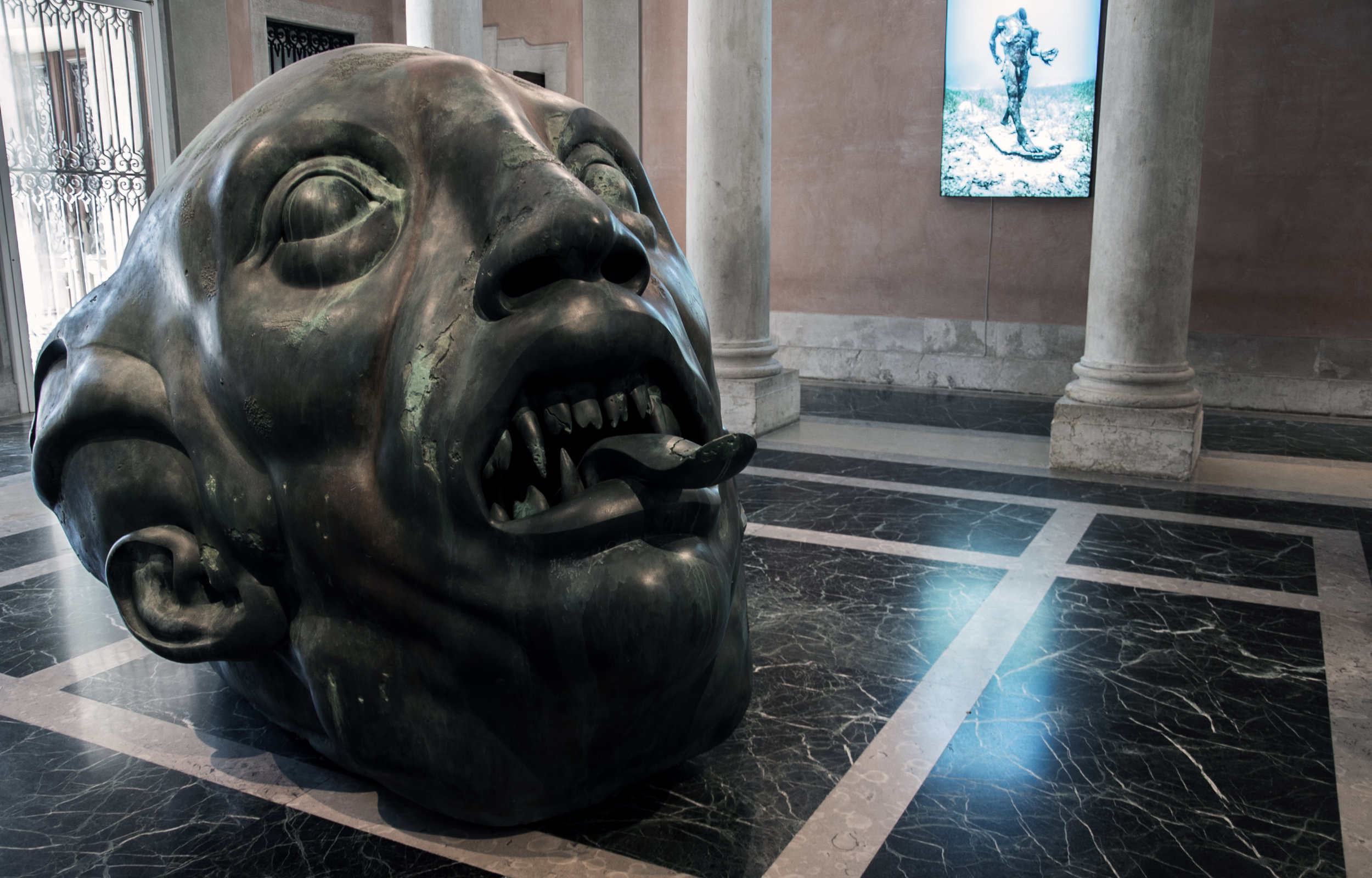
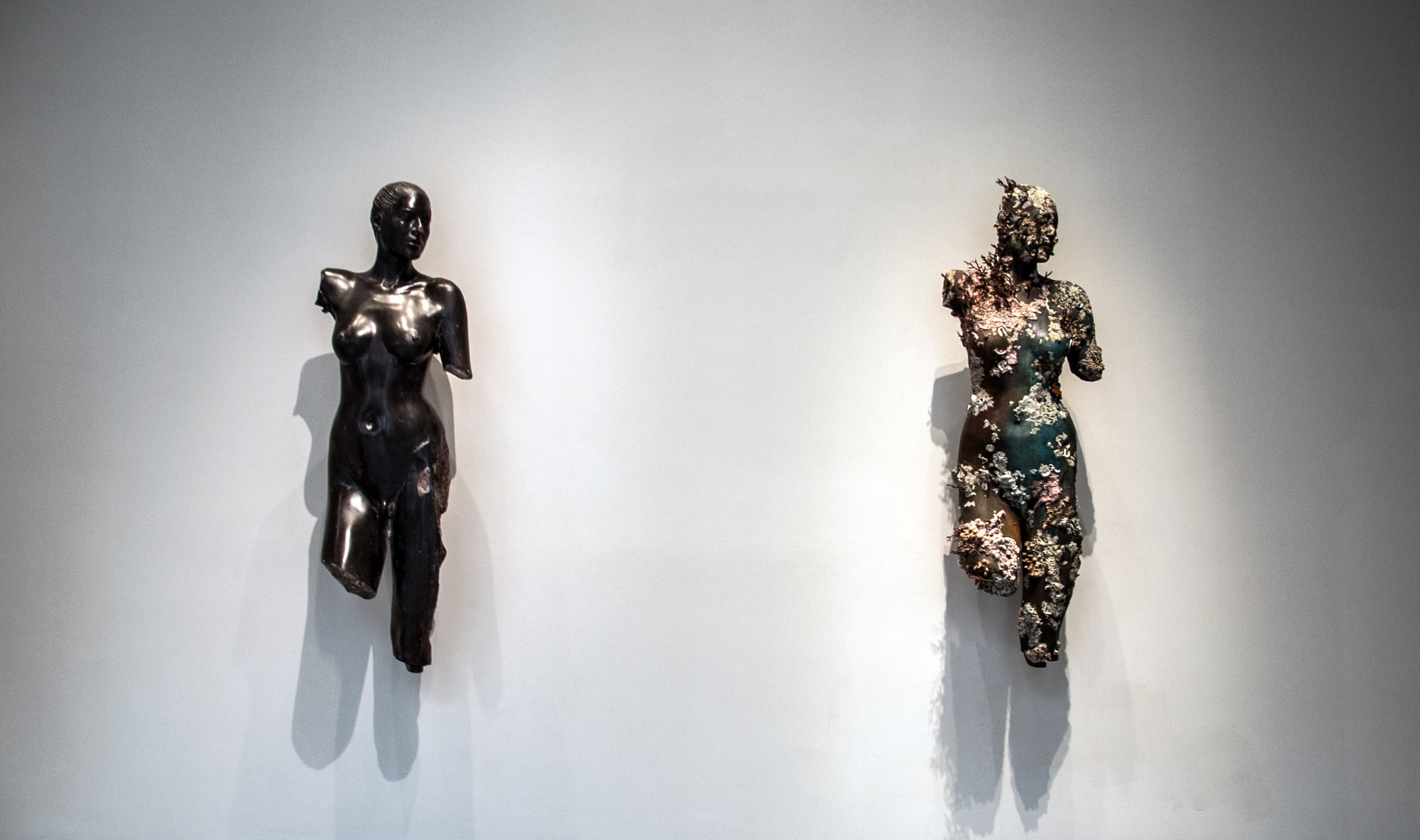

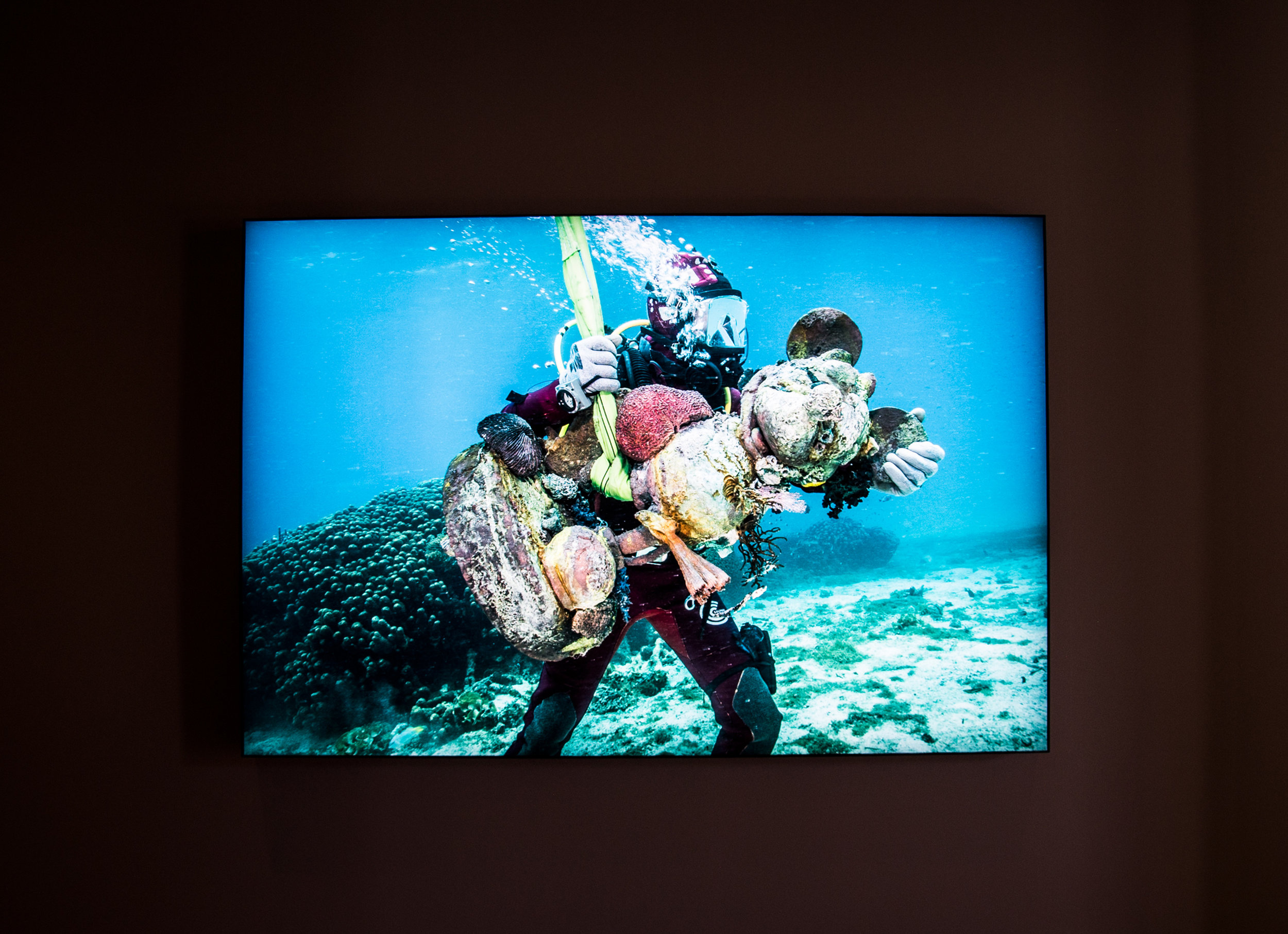
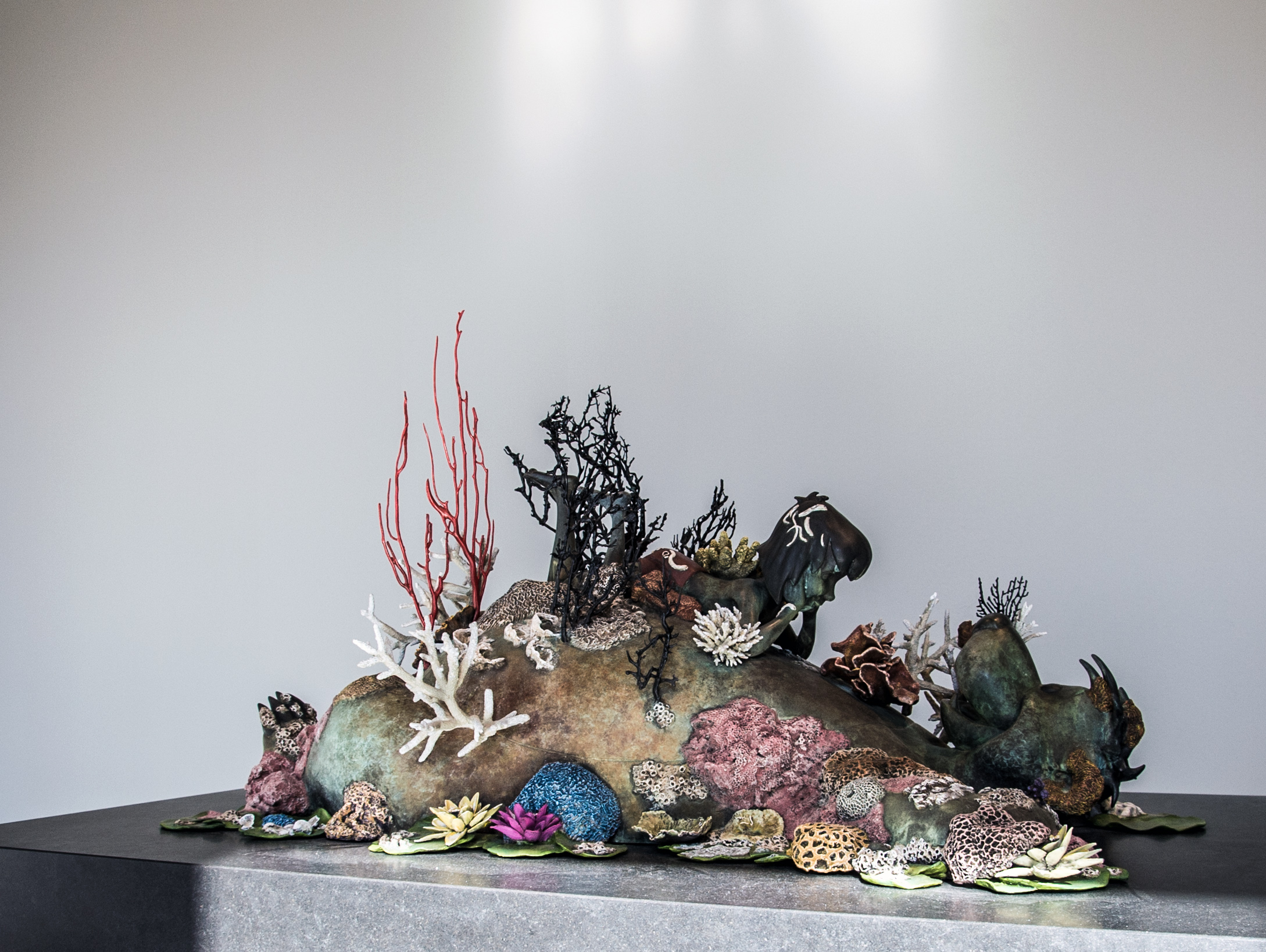
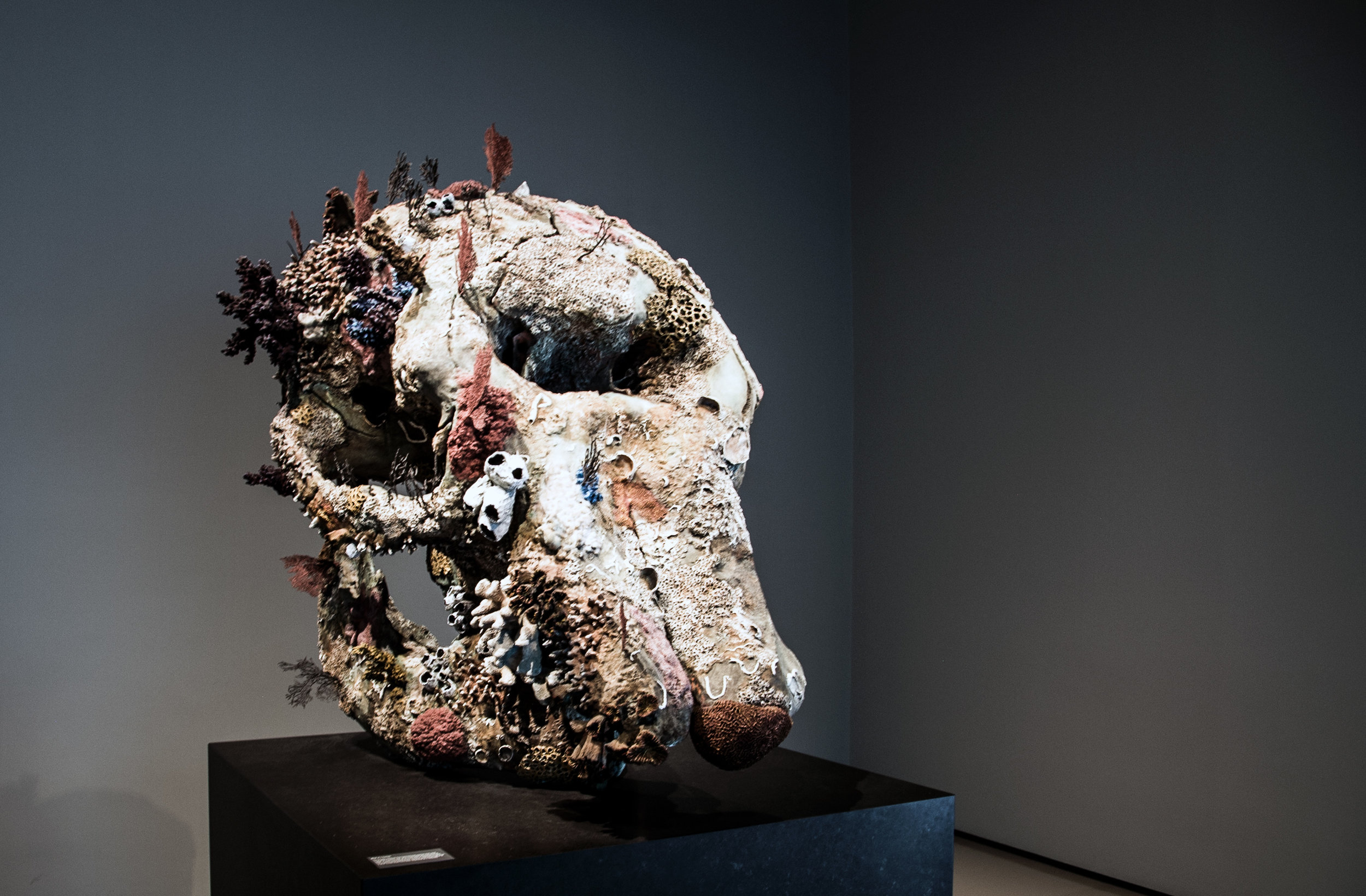

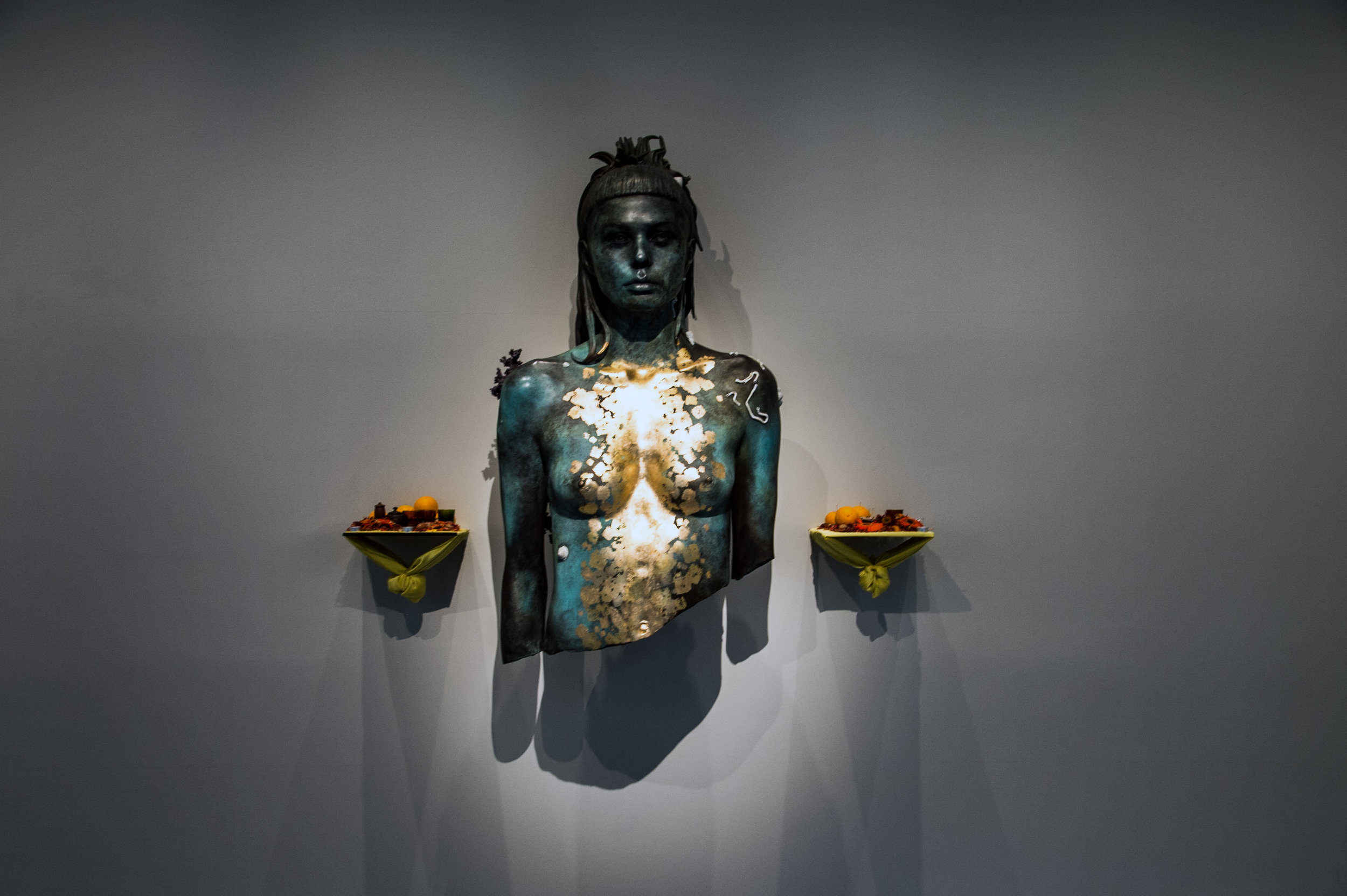

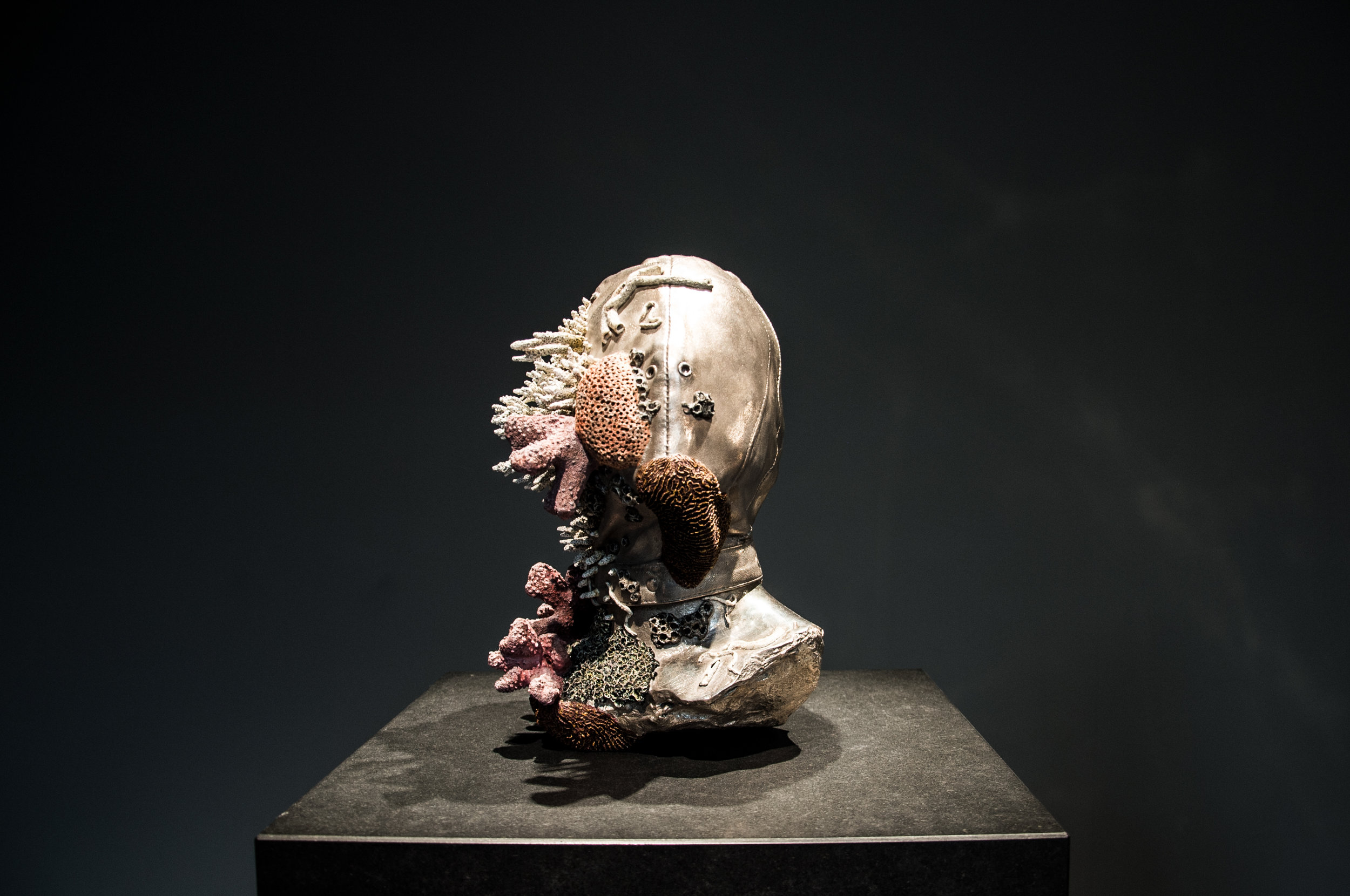
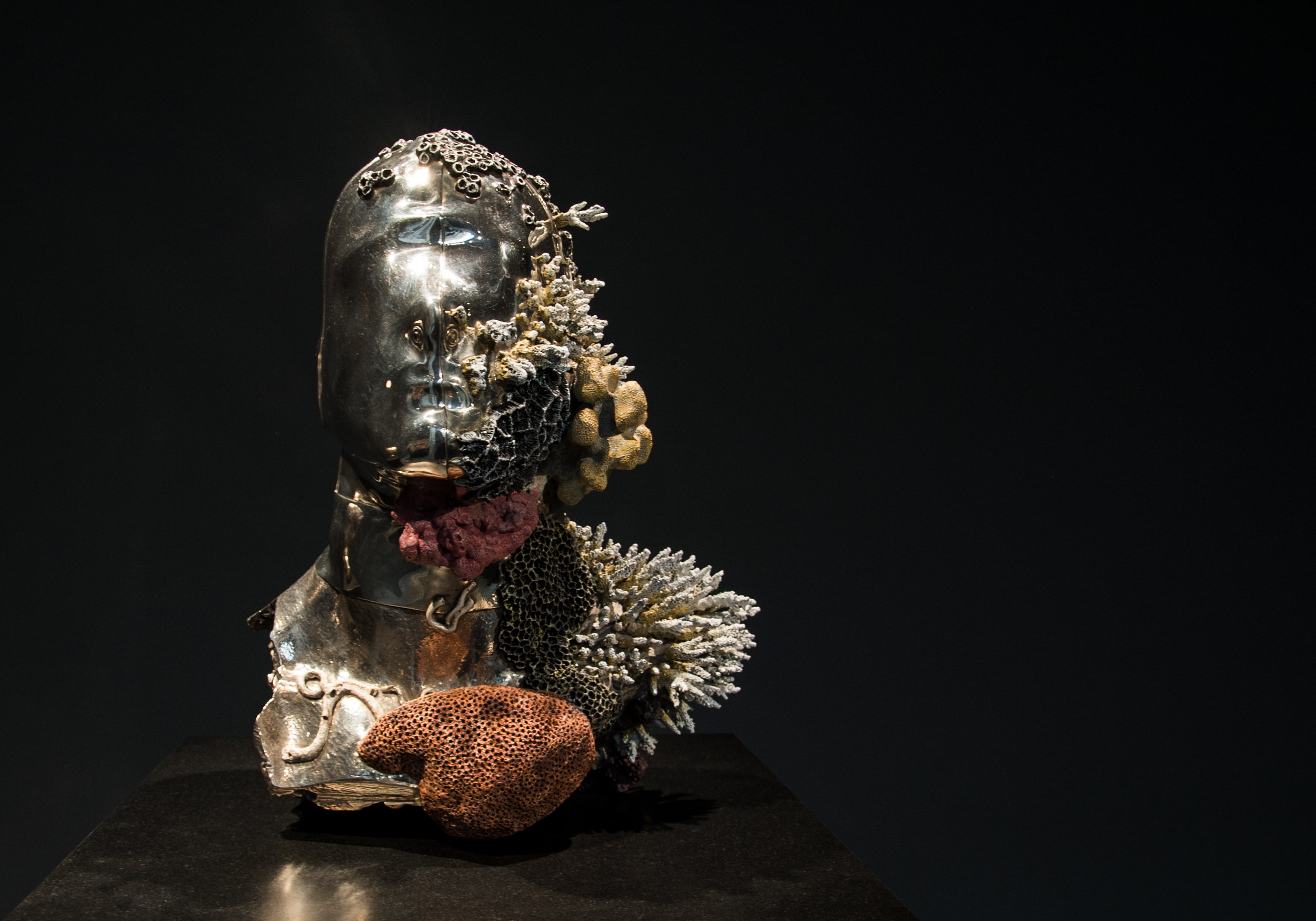
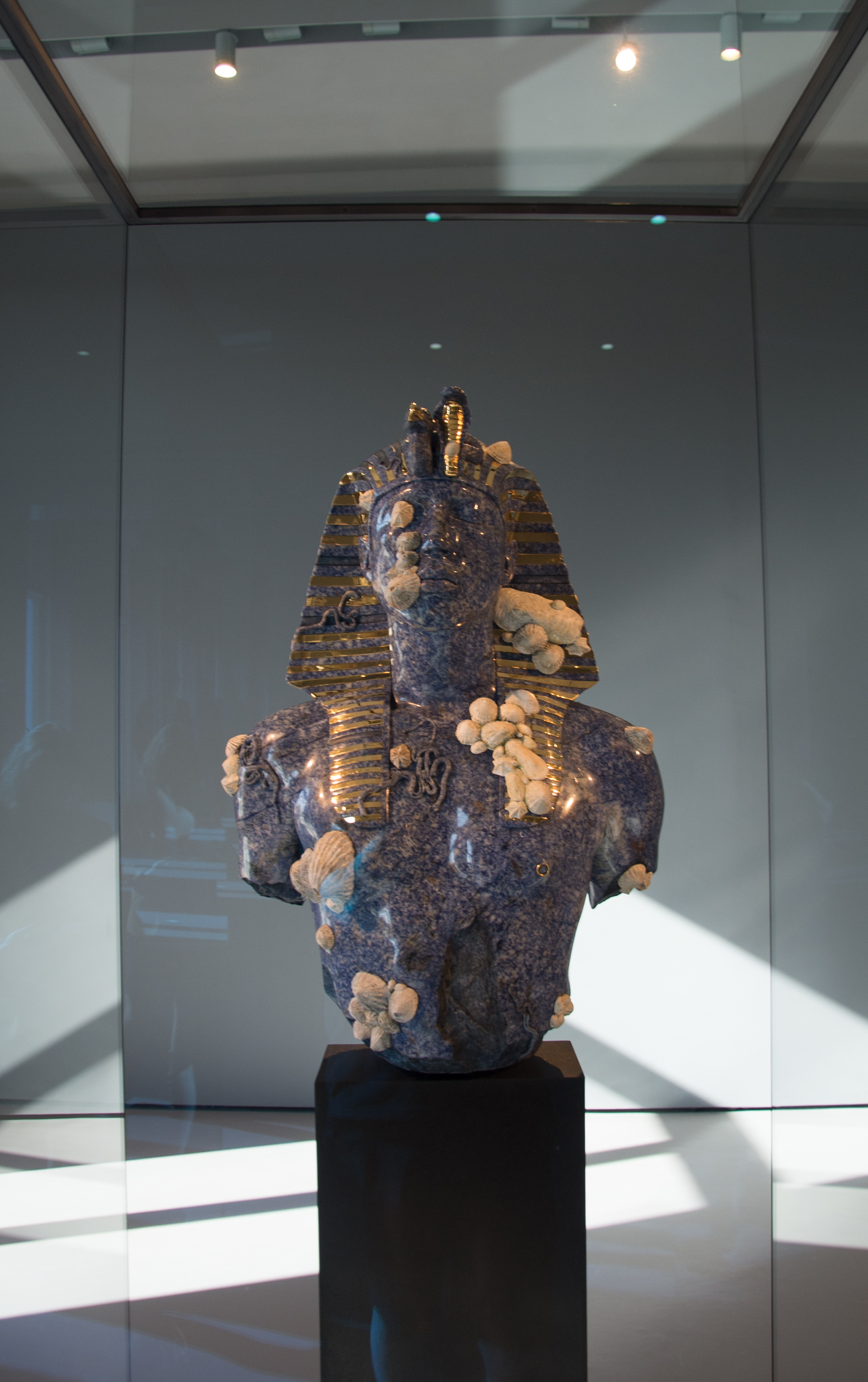
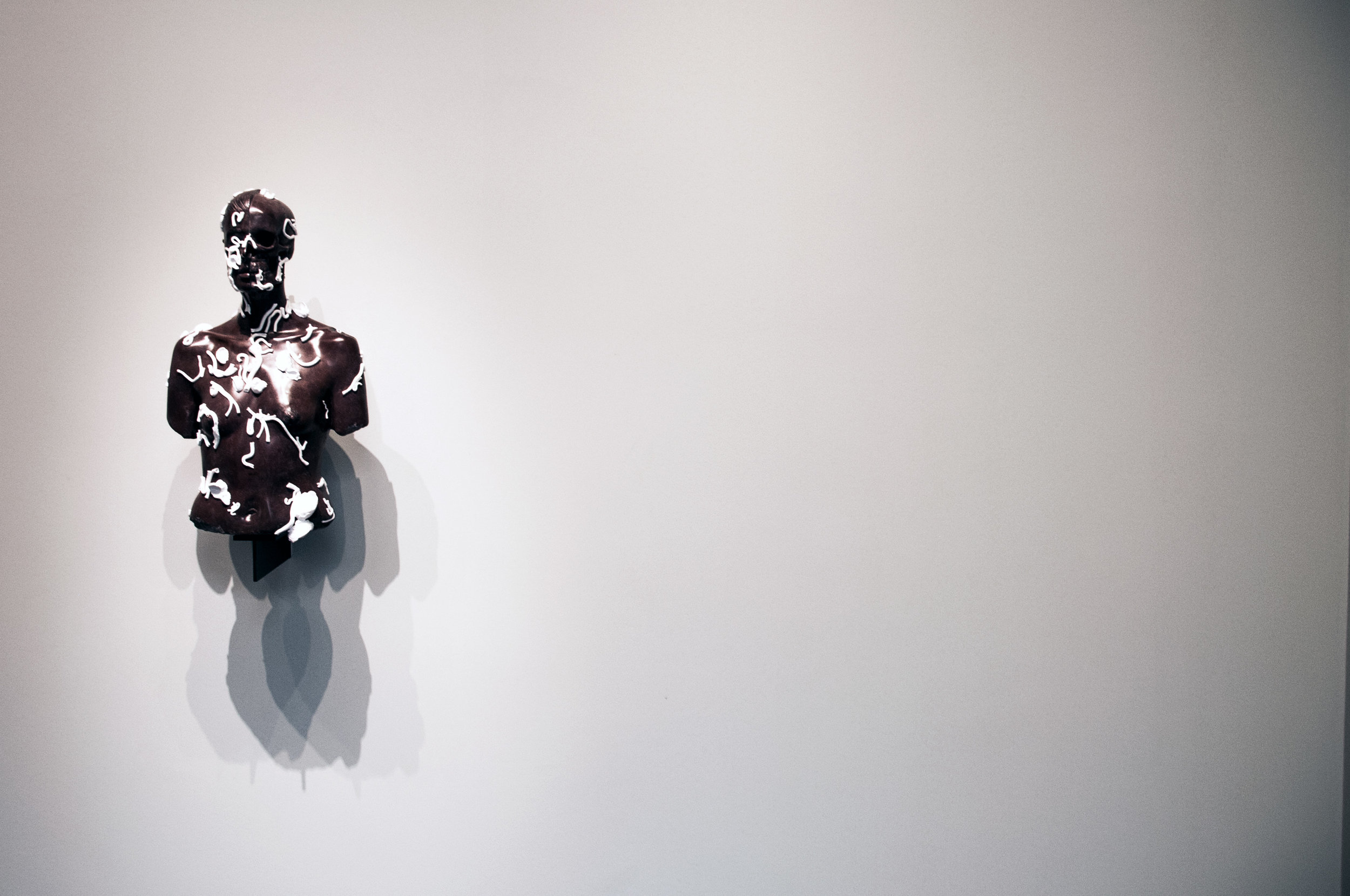

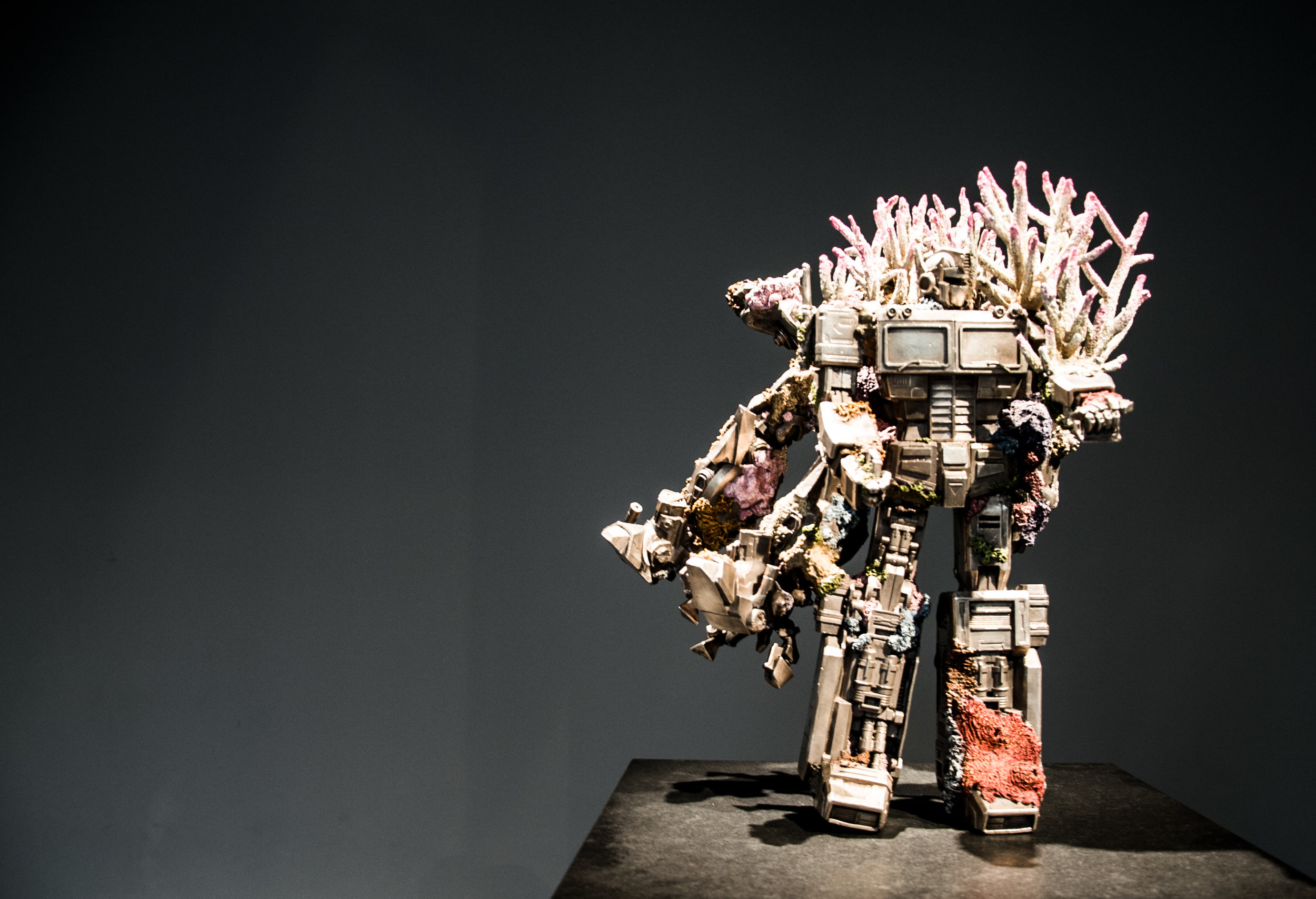
Creative director and art nerd contemplating travel, books, theater, and art.
